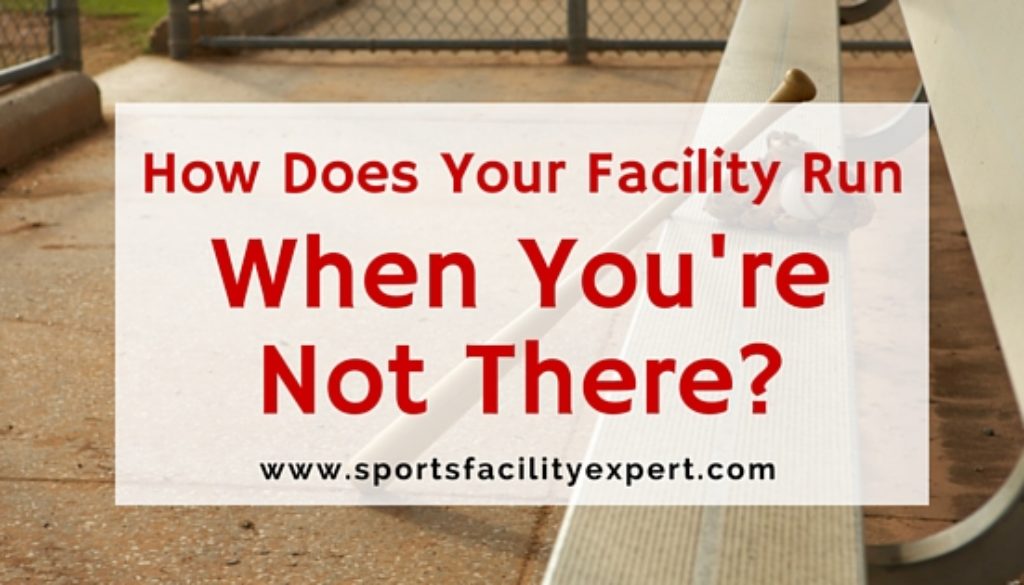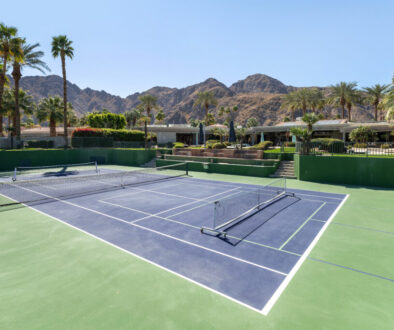A Sports Academy That Runs Perfectly – Even When You’re Not There
No sports facility owner can stay in their facility all day, every day. But many of us still try.
When you’ve worked so hard to create a brand and have invested hundreds of hours and thousands of dollars, it’s tough to let go of control.
Maybe you’ve even convinced yourself that you’re so essential to the business that it can’t run without you.
But for it to be successful, it needs to do just that. After all, personal emergencies are going to happen, even if we never take vacations — so we need our academies to be ready for our absence.
For the six years I owned a sports facility and speed school, I was also running the software company I still own today. However, a big part of my mental energy always stayed at the academy, even when I wasn’t there physically. Along the way, I found a few tools that helped me feel much more comfortable leaving my sports facility to run on its own.
Checklists
Checklists can simplify any part of your day-to-day operations, and over time they become a great tool for onboarding new staff.
Make a simple checklist for any procedure that you worry won’t get done right when you’re not there.
Here are a few ideas for checklists: Opening the facility, closing the facility, registering a new client, or planning or running a special event like a birthday party.
Don’t make too many checklists or make the lists too complicated, or they might get avoided. You might also want a follow-up system in place to keep your staff accountable for what they’ve checked off.
For example, whenever we had a birthday party at DNA Sports Center, the staffer in charge of the party would file the completed, dated and signed birthday party checklist along with any notes in a file devoted to that event.
A Follow-up System
If your staff knows that you have a system in place to follow up with clients after each lesson and class, they have an extra incentive to always do their best work.
You can use the same survey or rating system for each of your follow-up calls if you want to analyze data or make sure that specific questions are asked. You can also try a more informal “how did things go?” type of phone call. Following up regularly gives you great insights into your business, even if you already have complete confidence in your staff.
eSoft Planner has a built-in customer relationship management tool that lets you schedule and track interactions with customers, which is great for follow-ups.
Sales Goals
The biggest struggle for most sports facilities is landing new clients and increasing sales and revenue, so it was always really important to me to hold my staff accountable to sales or enrollment goals.
I’ve talked before about how the number of contacts you make, directly correlates to how many spots you fill in a camp or class. My staff knew that they were expected to make a certain number of calls or check-ins each day they worked. I used eSoft Planner’s interactions tool to assign the calls, which made it easy to see at a glance on the calendar if they were staying on track.
Of course, whether you choose to have your staff make such calls depends on their role at your facility and how much extra time they have outside of their instruction hours.
Clear Staff Expectations
I wish I could say that letting your facility run completely independently of you, the owner, is as simple as finding the right team to run it. I tried to find that team for a long time, but I never did. Maybe it was because I had limited cash available to pay a manager with years of experience running a business.
However, I also learned that no one is ever going to truly care about your sports academy as much as you care about it. It took me a while to really internalize that and stop assuming that my staff would take care of certain things without the systems in place to make sure my expectations were clear.
Eventually, I ended up selling my sports academy to devote all my energy to my software company — partially because the sports academy did not run as independently as I had expected it to.
The experience convinced me that while the absentee-owner model can work, it isn’t ideal. Models where the owner is devoting a majority of their energy to the academy seem better for the health of the business and the owner, especially if that owner has business experience or is willing to learn business.
What are your thoughts on leaving your sports academy? Please contact me or leave a comment.
For more advice on managing staff and your facility, book a free consultation with our experts.



